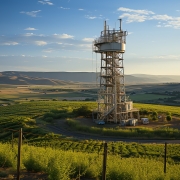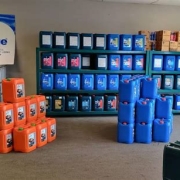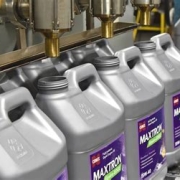Thinking About Adding CNG to Your Petrol Station? Here’s What to Consider.
With the rising emphasis on environmentally friendly fuel alternatives, many petrol station owners are contemplating the integration of Compressed Natural Gas (CNG) into their services. This decision, however, warrants careful consideration. Let’s explore whether now is the opportune moment to introduce CNG at your petrol station.
Firstly, it’s crucial to assess the local demand for CNG. Analyzing the community’s interest and the number of vehicles equipped to use CNG can help gauge the potential customer base. Additionally, find out if the gas pipeline has reached the area where your petrol station is. If it hasn’t, consider using trucks to transport Compressed Natural Gas (CNG) in large quantities to maximize your profits.
Financial implications also play a significant role. Evaluating the initial investment for CNG infrastructure and comparing it with potential returns is essential. Consider factors such as equipment costs, installation expenses, and ongoing maintenance to determine the overall economic viability.
Furthermore, keep an eye on industry trends. As more vehicles transition to alternative fuels, including CNG, staying informed about the market trajectory can provide insights into future demand and the competitive landscape.
Lastly, engage with your customers. Conduct surveys or gather feedback to understand their preferences and willingness to adopt CNG. This customer-centric approach ensures that your decision aligns with the actual needs and preferences of your target audience.
In conclusion, the decision to add CNG to your petrol station is multi-faceted. By assessing local demand, considering financial implications, staying informed about industry trends, and involving your customers in the decision-making process, you can determine whether now is the right time to embrace CNG at your petrol station.








